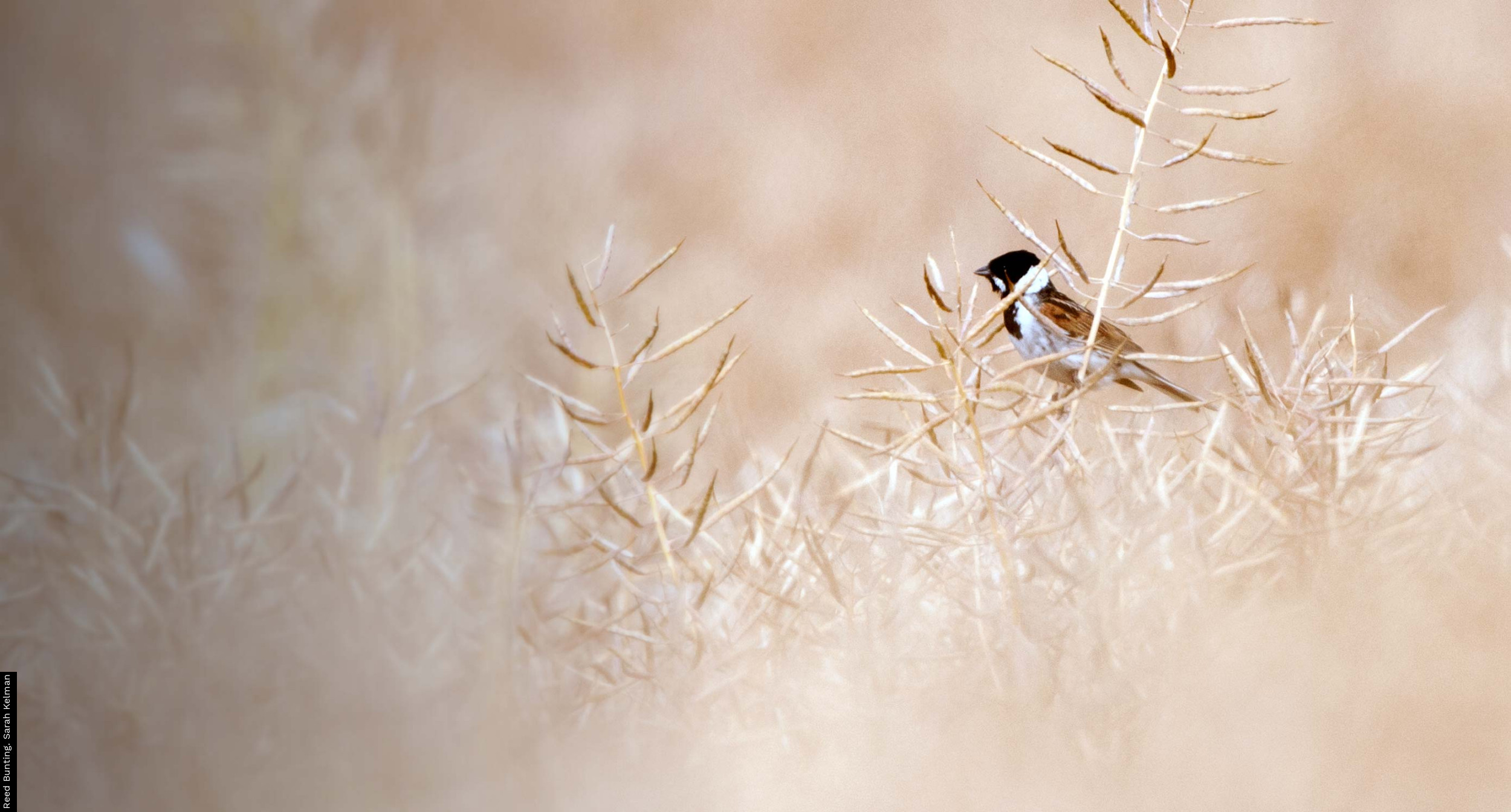The BTO operates, in partnership with others, several schemes aimed at monitoring the numbers and demography of a range of widespread UK birds. A key aim of this monitoring is to investigate how and why bird populations change, and thus to make species conservation more effective and to contribute evidence that supports the conservation of wider biodiversity and the environment. All population changes are a consequence of underlying demographic factors, which are themselves determined largely by environmental conditions. Thus analyses of trends in numbers (from BBS, CES and other schemes) are complemented by the Ringing and Nest Record schemes which aim to monitor demographic patterns underlying population changes.
Populations may change because the number of individuals either entering the population (productivity) or leaving it (survival) changes. For an island such as Britain, immigration and emigration, which may also cause changes at more local scales, can be safely ignored (e.g. Robinson et al. 2012). To gain a full picture of how these processes operate, it is best to consider them simultaneously (along with the changes in numbers) in an integrated fashion and, ideally, incorporate them into a single statistical model (Besbeas et al. 2002, Buckland et al. 2004, Brooks et al. 2004). This is for a number of reasons. Firstly, it makes most efficient use of all the collected data and can help quantify processes for which the available data are sparse. Secondly, such factors might interact, through processes like density dependence, so to understand the consequences fully, they cannot be viewed in isolation. Thirdly, and perhaps most importantly, we do not have data on all the processes – for instance, the proportion of adults breeding or the number of nesting attempts made by individuals of multi-brooded species can be really hard to measure. By constructing an integrated model we can acknowledge this uncertainty and assess to what extent it affects our conclusions about the causes of population change.
Robinson et al. (2014) constructed integrated population models (IPMs) for 17 species of common birds. They did this using newly developed statistical techniques which, although they require a lot of computing power, enable one to combine data from different sources, by specifying a common underlying model – in our case of population change. Information on changes in numbers came from the CBC and BBS schemes, information on brood sizes (for some species) and nest success from the Nest Record Scheme and information on brood size (for some species) and survival of young and adult birds from the Ringing Scheme, with the number of individuals ringed and subsequently found dead (mostly by members of the public) enumerated for each year.
The population size in any given year (Nt+1) depends on the population size in the previous year (Nt) as follows:
Nt+1 = 0.5Nt ρt (Bt φegg,t φyng,t φfy,t) + Nt φad,t
where B represents the mean brood size, φegg and φyng survival of the nest at the egg and chick stages, φfy survival during the first year following hatching (which for some species we can separate into the post-fledging and first-winter periods) and φad adult survival, all in year t (Robinson et al. 2014). The final parameter, ρ, represents the unmeasured demographic rates, i.e. the number of adults actually breeding, the number of nesting attempts made (particularly in multi-brooded species) and (for some species) survival during the post-fledging period. We employed a Bayesian state-space approach (Brooks et al. 2004), generating five sets of 200,000 samples (of which we discarded the first 100,000 as ‘burn-in’ and kept every 50th to minimise autocorrelation) using uninformative priors and the MCMC sampling algorithm in JAGS (Plummer 2003). For further details see Robinson et al. (2014).
This report should be cited as: Massimino, D., Woodward, I.D., Hammond, M.J., Barber, L., Barimore, C., Harris, S.J., Leech, D.I., Noble, D.G., Walker, R.H., Baillie, S.R. & Robinson, R.A. (2020) BirdTrends 2020: trends in numbers, breeding success and survival for UK breeding birds. BTO Research Report 732. BTO, Thetford. www.bto.org/birdtrends





Share this page